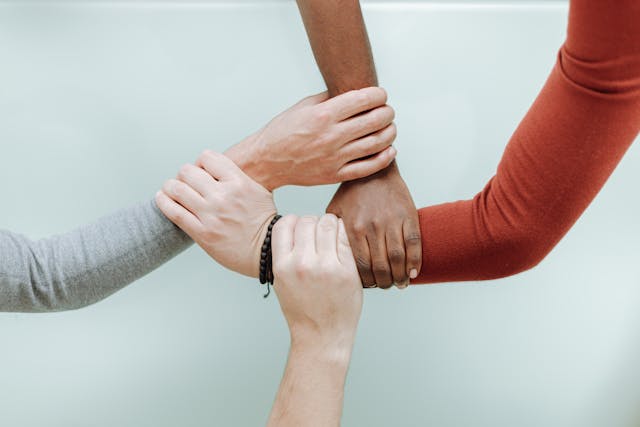An Introduction to Human Rights: History, Principles, and Global Impact
Human rights are the basic freedoms and protections that belong to every person, no matter who they are or where they live. These rights help ensure people are treated fairly and with dignity. This article explains the history of human rights, their key principles, and how they affect the world today.

The History of Human Rights
The idea of human rights has been around for centuries. Ancient cultures and religions spoke about fairness and respect for others. But modern human rights began to take shape after World War II, when the world saw the terrible effects of war and discrimination.
In 1948, the United Nations created the Universal Declaration of Human Rights (UDHR). This important document lists the rights everyone should have, such as freedom of speech, the right to education, and protection from torture. The UDHR became the foundation for many laws and treaties around the world.
Key Principles of Human Rights
Universality
Human rights belong to every person, everywhere, without exception.
Inalienability
These rights cannot be taken away, except in specific cases defined by law.
Indivisibility
All rights are equally important and connected. For example, the right to education supports the right to work.
Equality and Non-Discrimination
Everyone is entitled to rights without discrimination based on race, gender, religion, or any other status.
Participation and Inclusion
People have the right to take part in decisions that affect their lives.
Types of Human Rights
Human rights include many different freedoms and protections, such as:
- Civil and political rights like freedom of speech, voting, and privacy.
- Economic, social, and cultural rights such as the right to work, education, health care, and housing.
- Environmental rights recognizing the importance of a healthy environment for human well-being.
Global Impact of Human Rights
Human rights have shaped laws and societies worldwide. They protect people from abuses, help fight discrimination, and promote justice. Many countries have created laws based on human rights principles.
International organizations, courts, and activists work to hold governments and others accountable when rights are violated. However, challenges remain—many people still face injustice and inequality.
How Can You Support Human Rights?
- Learn about your rights and the rights of others.
- Speak out against discrimination and injustice.
- Support organizations working to protect human rights.
- Vote and participate in community decisions.
- Treat others with respect and fairness.

Final Thoughts
Human rights protect the dignity and freedom of every person. Understanding their history and principles helps us appreciate why they matter. By standing up for human rights, we contribute to a fairer, safer world for everyone.












